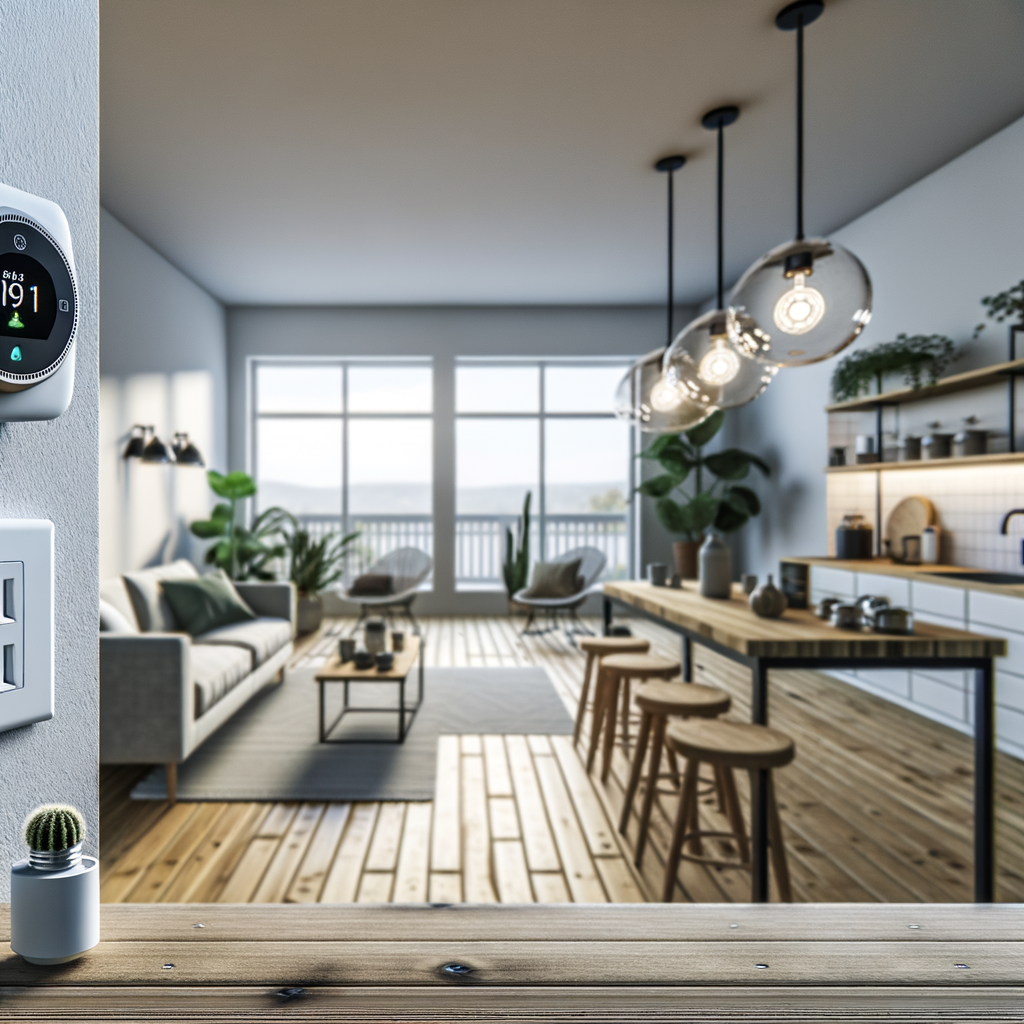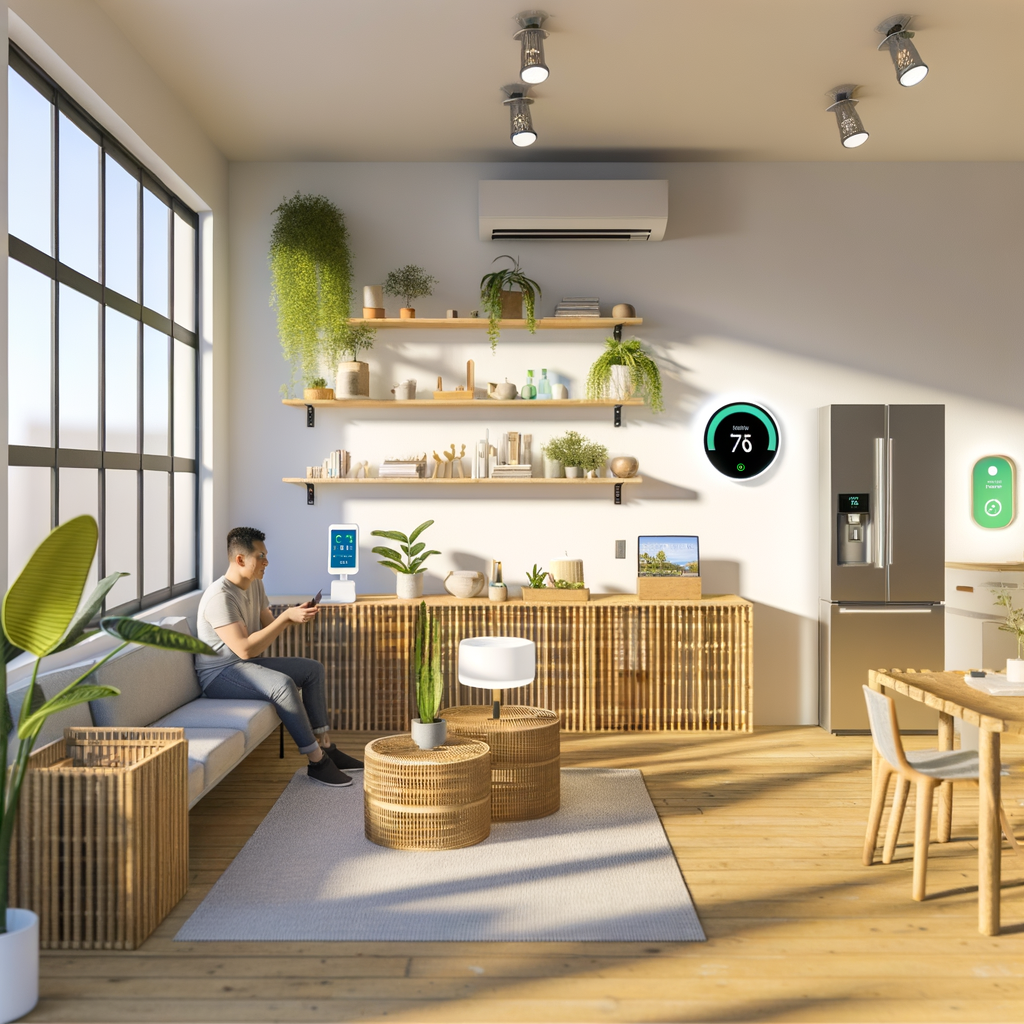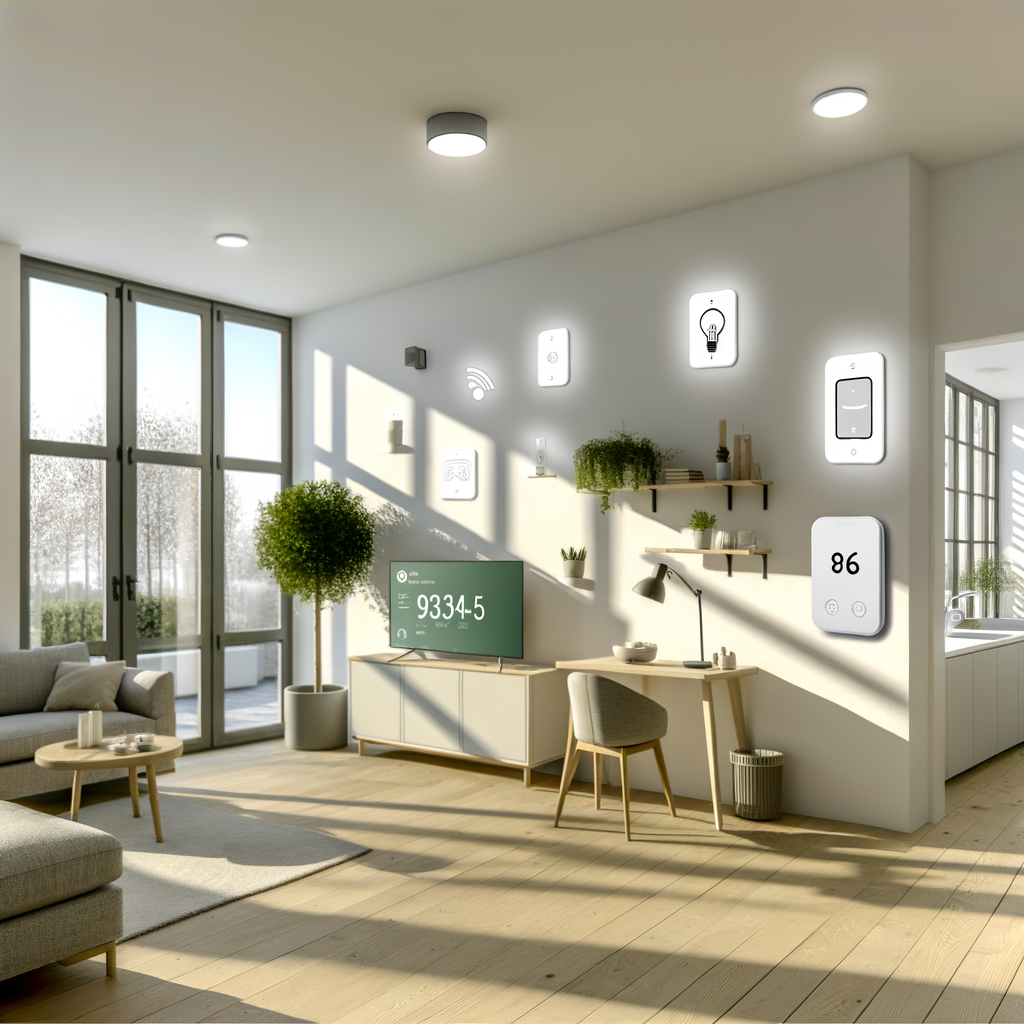Busting 5 Common Myths About Smart Home Tech for Renters: What’s Actually Eco-Friendly?
Smart home technology has taken the rental market by storm, tempting tenants with the promise of comfort, convenience, security, and energy savings. But with so much noise out there, it’s hard for eco-conscious renters to separate fact from fiction. Does smart home tech actually help you reduce your environmental footprint as a renter? Or is it just another tech fad?
In this guide, we’ll bust five of the most persistent myths about smart home devices for renters. You’ll discover which gadgets are genuinely eco-friendly, how to use them responsibly, and practical tips to keep your landlord happy while making your space greener and smarter.
Myth #1: Smart Home Devices Are Only for Homeowners
The Truth: Many Smart Devices Are Renter-Friendly and Removable
It’s a common misconception that if you’re renting, you can’t enjoy smart home upgrades. Many people assume that switching out thermostats, adding smart locks, or installing lighting systems requires permanent changes — and most leases prohibit significant modifications to the property.
Here’s what’s actually true:
- Many modern smart devices are designed for renters. Battery-powered sensors and plug-in devices don’t require hardwiring or drilling.
- Removable mounting options (like adhesive strips or magnetic mounts) won’t damage walls or fixtures.
- Smart plugs, light bulbs, and speakers can be taken with you when you move out.
Practical Tips for Renters
- Look for “no hub required” products—these connect directly to your Wi-Fi without special equipment.
- Always check your lease before installing anything. When in doubt, get written permission from your landlord.
- Save any original fixtures you remove (like old bulbs or thermostats) so you can put them back when you leave.
Myth #2: Smart Home Tech Always Saves Energy Automatically
The Truth: Devices Need Careful Setup and Responsible Use
Manufacturers love to highlight the energy-saving potential of their products. A “smart thermostat,” for example, promises lower bills and a smaller carbon footprint. But these benefits aren’t guaranteed out of the box. Real energy savings depend on device settings, habits, and your space’s layout.
- Smart thermostats can adjust the temperature based on your schedule, but they work best when you set realistic routines.
- Smart lights may still waste energy if you forget to set schedules or automate them.
- Always-on smart gadgets can increase your total standby power usage if not managed carefully.
Maximize Eco-Friendly Benefits
- Program schedules for heating, cooling, and lighting that match when you’re actually home.
- Use motion sensors to automatically turn off lights in unused rooms.
- Consider smart plugs with built-in energy monitoring to identify which appliances use the most power.
- Disable any unnecessary “always-listening” features on smart speakers or devices to cut down on idle power use.
Myth #3: Smart Home Gadgets Are Bad for the Environment Because They Create E-Waste
The Truth: Careful Product Choice and Updates Extend Device Lifespan
It’s true that electronic waste is a growing issue worldwide. Buying unnecessary gadgets that become obsolete in a year isn’t eco-friendly—no matter how “smart” they are. However, you can still make tech-savvy decisions while limiting your footprint.
Here’s how to avoid contributing to the e-waste problem:
- Purchase quality devices from reputable brands that offer regular firmware updates and good support.
- Choose devices with modular parts or replaceable batteries to extend usable life.
- Opt for universal compatibility: Select products that work with a variety of smart home ecosystems (Google Assistant, Alexa, Apple HomeKit) so you won’t need to discard them if you switch platforms.
- Resell or recycle outdated gadgets through certified e-waste centers or trade-in programs when you upgrade.
Actionable Advice
- Before you buy, consider whether a “dumb” version of the device would be just as effective for your needs (e.g., programmable mechanical timers instead of smart plugs).
- Focus on multi-function devices (like smart speakers that combine voice assistant, intercom, and music functions) to cut down on gadget clutter.
- When possible, buy refurbished smart home products to reduce demand for new electronics.
Myth #4: Smart Home Tech Isn’t Worth It in Small or Shared Spaces
The Truth: Tailored Solutions Exist for Every Living Situation
If you rent a studio apartment or share space with roommates, you might think smart tech is more hassle than it’s worth. However, many devices easily adapt to compact or communal settings:
- Smart plugs are ideal for renters with limited space—they make any appliance “smart” and only take up a single outlet.
- App-controlled bulbs fit standard light fixtures (no need to swap out wiring).
- Individual room sensors offer precise climate and lighting control for different spaces, so you only condition or light rooms when needed.
- Voice controls allow hands-free operation (ideal if your hands are full or you’re in a rush).
Roommate or Family-Friendly Tips
- Choose shared smart speakers or displays for communal access.
- Use user roles or guest access features to maintain privacy and control.
- Label smart plugs or bulbs using the app for easy identification in multi-user homes.
- Designate a day to set up shared routines (like scheduled lights-off or thermostat adjustments) to make sure everyone’s on board.
Myth #5: All Smart Home Tech Is Automatically Eco-Friendly
The Truth: Only Certain Devices Truly Enhance Sustainability
Just because a device is “smart” doesn’t mean it’s sustainable. Some gadgets provide energy insights and automation; others simply offer convenience. To maximize your eco-impact as a renter, focus on technology that genuinely reduces waste, saves electricity, or cuts down on water consumption.
Eco-Friendly Smart Home Devices for Renters
- Smart Thermostats: Offer personalized climate control, optimize heating/cooling schedules, and provide real-time usage data.
- LED Smart Bulbs: Use less energy than traditional bulbs and can be remotely scheduled or dimmed.
- Smart Plugs/Switches: Cut phantom (“vampire”) power when devices are not in use, letting you turn off electronics remotely.
- Water Monitoring Sensors: Alert you to leaks or excess usage without invasive installation—perfect for rental bathrooms and kitchens.
- Smart Blinds/Shades: Automatically open and close to reduce heating/cooling needs by leveraging natural light and shade.
Devices to Buy with Caution
- Smart assistants/speakers: Convenient, but provide minimal eco-benefit on their own.
- Single-purpose gadgets: Devices that don’t contribute to energy or water savings may not be worth the investment from a green perspective.
Keys to Building an Eco-Friendly Smart Home as a Renter
Ready to upgrade your rental? Here’s a checklist to stay sustainable and landlord-friendly:
- Prioritize simple, removable devices that don’t require hardwiring or drilling.
- Start with the biggest energy impact areas: heating/cooling, lighting, and major appliances.
- Automate where possible, but regularly review schedules and settings to match your habits and minimize waste.
- Share savings data with your landlord or roommates—showing energy reductions can encourage future upgrades and eco-consciousness in your rental community.
- If allowed, replace legacy bulbs and plugs with smart, efficient versions




